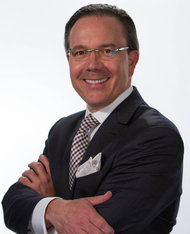While the number of housing starts has surged – nearly doubling in the last two years – employment in residential construction has barely budged. And construction employment tracked down ever so slightly to 5.79 million workers in April, according to the preliminary data.
What gives? Where are the missing construction workers?
Those are questions that economists have been puzzling over for the last year or so, as the housing market has started to normalize, with low inventory and new demand causing prices to rise in markets across the country and builders eagerly breaking ground on new developments from Florida to California.
Over time that should lead to rising employment in the sector, especially given pent-up demand for projects. But not yet. Construction employment is starting to turn up, but from a very low level: There are about as many construction workers now as there were in 1997. And construction employment in the residential sector remains essentially flat, gaining about 2.5 percent in the last year.
There seem to be a few components to the answer. The first is that housing starts tend to tell us where the market for construction workers is going, not where it is right now. So even as starts have surged as builders have begun new projects, the overall number of units under construction remains relatively low – meaning relatively few available jobs. (See Trulia’s chief economist, Jed Kolko, on this point.)
Second, it seems that builders in some markets may be having trouble recruiting skilled workers, as my colleague Catherine Rampell recently reported. That has not yet led to much of a surge in compensation in the sector, as you might expect. But perhaps the businesses are paying workers under the table, or making do with fewer of them, in part by increasing their hours.
Moreover, builders will eventually need to hire employees to work on new projects. (As far as I know, there have not been any great productivity advances in home building in the past few years, and nobody’s outsourcing the work to robots.) That would be a good thing for an economy still desperately in need of jobs, despite the better numbers.
Article source: http://economix.blogs.nytimes.com/2013/05/03/the-missing-construction-workers/?partner=rss&emc=rss
